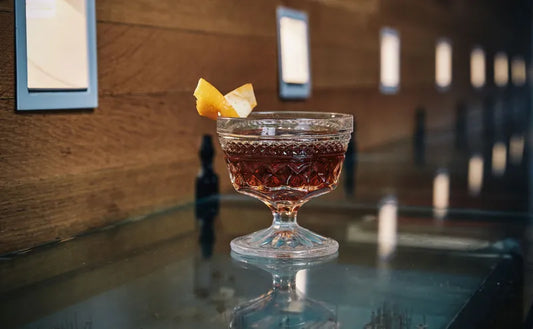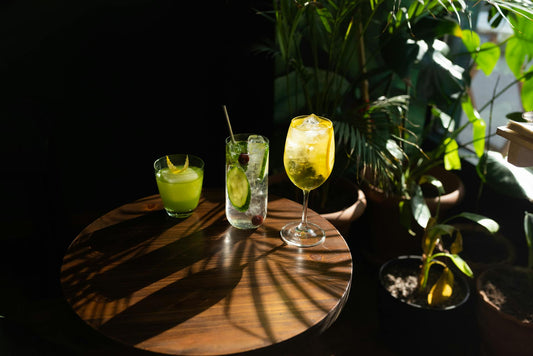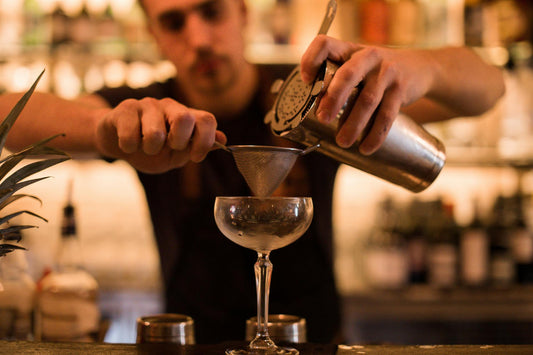Absinthe Spider Highball: A Refreshing Twist on Classic Cocktails
SWEET to SOUR
(1-10)
STRENGTH
(1-10)
CALORIES
STANDARD
DRINKS
Note: these values are approximate and may vary dependent on the ingredients and brands you use.
More information...
The Absinthe Spider Highball is a captivating cocktail that combines the intriguing flavors of absinthe with the refreshing zest of ginger ale, creating a drink that is both invigorating and complex. This cocktail is a modern twist on the classic highball, showcasing the unique characteristics of absinthe, a spirit that has long been shrouded in mystique and lore.
To craft the Absinthe Spider Highball, one begins with 15 ml of La Fée Parisienne absinthe, a brand known for its authentic and high-quality production. Absinthe, often referred to as the "Green Fairy," is an anise-flavored spirit that has a rich history dating back to the late 18th century. Its distinct herbal and botanical notes can be polarizing, but when mixed correctly, it can elevate a cocktail to new heights. The addition of two dashes of Angostura Aromatic Bitters adds depth and complexity, balancing the sweetness of the ginger ale with its aromatic spices.
The ginger ale, specifically Thomas Henry Ginger Ale, is a crucial component of this cocktail. It provides a bubbly effervescence that lightens the drink and complements the herbal notes of the absinthe. The ginger flavor adds a spicy kick, making the cocktail refreshing and invigorating, perfect for a warm day or as a pre-dinner aperitif.
The preparation of the Absinthe Spider Highball is straightforward yet elegant. One starts by selecting a highball glass, ideally pre-chilled to enhance the drinking experience. The glass is filled with ice, and then the absinthe and bitters are poured over the ice, followed by the ginger ale. This layering of flavors is essential, as it allows the ingredients to meld together while maintaining the effervescence of the ginger ale. Finally, a lime wedge is added as a garnish, providing a citrusy aroma that invites the drinker to indulge.
With an alcohol strength of 7.02% alc./vol., the Absinthe Spider Highball is moderate in potency, making it an excellent choice for those who enjoy a flavorful drink without overwhelming alcohol content. It contains approximately 103 calories, which is relatively low for a cocktail, allowing one to enjoy it without too much guilt. The drink's nutritional value is also appealing, with only 9.5 grams of pure alcohol per serving, making it a lighter option compared to many other cocktails.
The taste profile of the Absinthe Spider Highball is a delightful journey from sweet to dry-sour. The initial sip offers a sweet burst from the ginger ale, followed by the herbal complexity of the absinthe, and finishing with a slight bitterness from the Angostura. This balance of flavors makes it a versatile drink that can be enjoyed in various settings, whether at a lively gathering or a quiet evening at home.
In conclusion, the Absinthe Spider Highball is not just a cocktail; it is an experience that invites exploration and appreciation of the unique flavors of absinthe. Its refreshing nature, combined with the intriguing taste of ginger ale and the aromatic bitters, makes it a standout choice for cocktail enthusiasts and casual drinkers alike. Whether you are a seasoned absinthe lover or new to this enigmatic spirit, the Absinthe Spider Highball is sure to delight and surprise.



